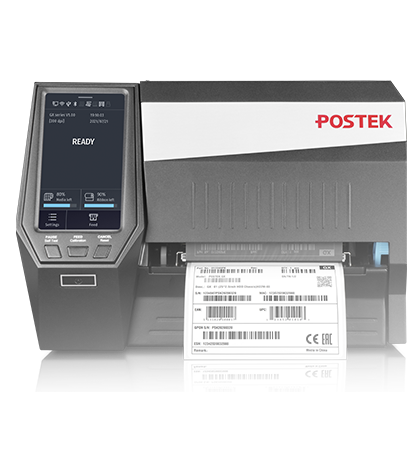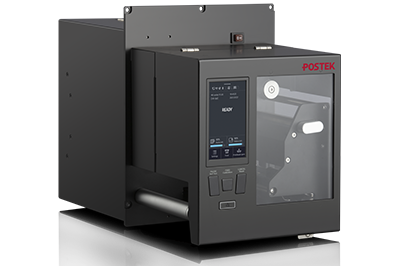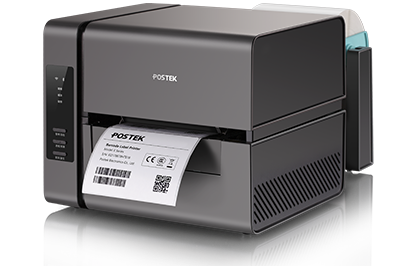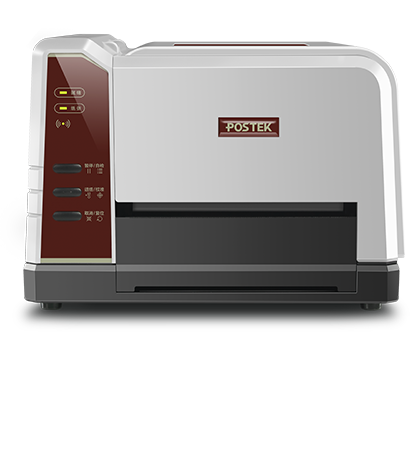







































Project Background
Food safety is something that everybody should be genuinely interested in. As different as we all are, we all still need food and water to make it through each day. As living standards improve, people are starting to place increasing value on their health. This can be reflected by the soaring growth of the organic goods industry. According to the USDA(U.S. Department of Agriculture), the organic goods industry is projected to reach a staggering 272.18 billion by 2027. This is particularly interesting because organic food usually costs significantly more. Despite that extra premium, the ever-increasing popularity of organic foods is showing no sign of slowing down. People like the peace of mind of knowing what they are consuming would be considered beneficial to their overall well-being. So much so that they don't mind the 30-50% price increase. Due to that fact, having some form of substantiation behind food security is imminently desirable for the consumer and the producers. An efficient and transparent tracking system is required to offer this layer of security.
Solution Details
As mentioned above, food safety and security are a high priority factor that guides people's purchasing decisions. To convince the consumers that a certain product is indeed safe, a certain level of evidence is required to establish credibility. A transparent, easily traceable origin for the product goes a long way in building that ethos. Allowing the consumer to see which entity produced the original product and which entity performed secondary processing (if applicable) elevates some of the stress of the unknown and establishes trust. Letting the consumer know which entities are responsible for what is also a great booster of confidence in the product as the people who are responsible for the product can be held accountable. A system that tracks the product throughout its entire commercial life span is within the best interest of both parties, and the integration of barcodes can help make it a reality.
On the consumer's end, every time before they make a purchase, a QR code is present on the product to provide more information. After scanning the QR code, all the relevant information regarding how the product got to the shelves is presented. Which planet produced the raw materials, which entity processed it, which establishment was responsible for transporting it, all that information is neat sorted in one place for the consumers to see. Removing any obscurity and uncertainty regarding the product they are interested in.
On the producer's end, label printers offer much more than just a confidence booster. To provide the consumers with all the information mentioned above, the management software on the producer's end must constantly keep track of the product during its growth. Keeping track of it by hand is simply not realistic due to its low efficiency and effectiveness. Barcodes/QR codes can provide a much-needed boost in productivity. Instead of having to manually type or markdown information regarding each specimen, each specimen is first assigned a QR code. At each stop during the product's journey, simple scanning of the code would alert the management software of the places the product has been. Keeping the tracking process straightforward and clear for the consumers to see.
Due to the nature of this application, the printing solution provided needs to possess some flexibility around portability. Being able to travel the vast warehouse or plantation to print specific labels for each product is a must in this case. Fortunately, POSTEK's C168 equipped with Bluetooth offered the perfect solution. Breaking free from the constraints of laptops, the field personnel could easily print via BlueTooth with a simple app on their phone. Providing unparalleled overall user experience and convenience.
Competitive Edge
1. Lightweight and high portability. Despite being known for requiring little maintenance due to high reliability and large media loading capacity, the POSTEK C168 series's small profile makes it ideal for applications that require portability. Combined with lightweight and BlueTooth, the C168 series is the perfect match for the applications that are on the move
2. High printout quality and low need for maintenance. Equipped with the revolutionary HEAT™️, the C168 offers unbelievable clear printouts and an inconceivably long printhead working life span.
3. Clear and simple tracking process. All the details regarding the product can be comprehensively laid out in front of the consumer. Giving them more confidence in their purchase and the producing entity.